Why do cucumbers turn yellow and what to do?
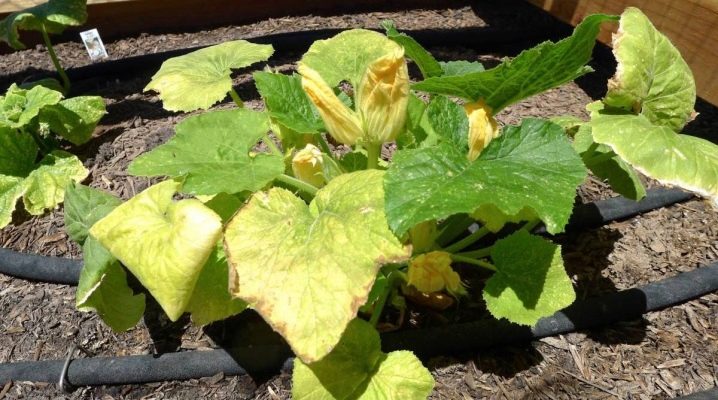
Yellow fruits or leaves are obviously an unhealthy situation that is not uncommon in cucumbers. The reason lies not only in improper care or inappropriate growing conditions. Cucumbers can also attack diseases and pests. Not everything is successfully treated, but almost everything negative that leads to such an ailment can be prevented.
Improper care and conditions
The leaves of cucumbers can turn yellow in different ways: they simply become pale, curl and fall off, or turn yellow, preserving green veins. Perhaps the yellowness will take only the edges of the leaf plates, after which these edges will turn brown and dry. And these are not all possible situations. But most often, the yellowness of the leaves of cucumbers is associated with the establishment of low night temperatures, and this will be a uniform yellowing. Although other reasons will not be uncommon, as well as their complex.

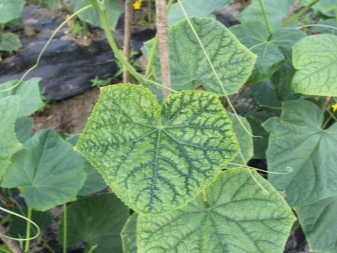
Improper watering
And it works both ways: if the cucumbers are poured, they will turn yellow and wither. If they do not have enough water, they will also turn yellow. If there is not enough moisture in the soil, the cucumber has to release additional surface roots: they will collect dew in the morning. In the heat, these roots simply dry out, if not watered, which is why the plant only suffers.
If there is a lot of moisture in the soil, then the cucumber roots will begin to rot, since pathogenic bacteria develop almost instantly in a humid environment.
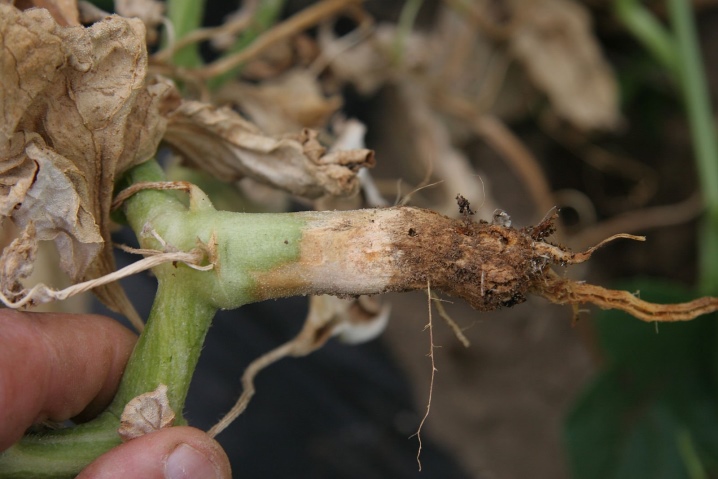
Top dressing
If the cucumbers do not have enough fertilizer, all their parts will suffer: from leaves to ovaries, and subsequently the fruits. And most often this culture lacks nitrogen, calcium, potassium, iron and magnesium. Sometimes one thing is missing, but perhaps the plant needs complex feeding. Depleted soil will prevent the crop from ripening normally. You need to take care of this in the offseason, or even at the end of the previous season.
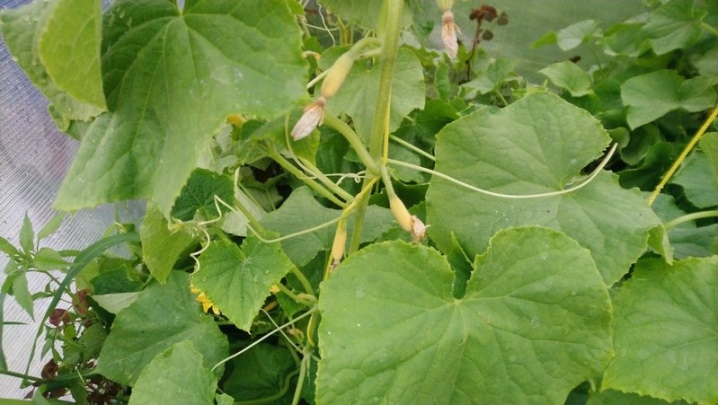
But the cucumber will not tolerate an overabundance of fertilizers either. Therefore, if it is decided to feed him, you must act strictly according to the instructions.
Bad light
The cucumber is also afraid of lack of sunlight. When shoots appear in the garden or when the plant begins to bear fruit, it will react especially sharply to a lack of light. The slowed down process of photosynthesis will lead to yellowing of the cucumbers. If the garden bed is poorly located, the cucumbers will not get lighting for the whole season. Some of the cucumber foliage will turn yellow and wilted predictably. But the appearance of yellow spots with a clear bordering on the leaf plate usually indicates the opposite: the plant received a sunburn. This often happens after watering, which is carried out in clear weather during the day.

Crop rotation
This means that you cannot grow cucumbers for a long time in the same place. It is good if in the past season tomatoes, potatoes, legumes, beets and cauliflower grew in the garden where the cucumbers are to be planted. But the places where pumpkin and cucumbers previously grew are considered unsuccessful. Plants need to choose areas where infection with typical diseases for them is almost impossible.
It's also about how the culture consumes nutrients from the soil: some plants do it more superficially, while others take deep roots. All this determines the readiness of the soil for the next season.
As already noted, one of the main reasons for the yellowing of cucumbers is exposure to low temperatures. This happens especially often with those crops that are planted in open ground.Also, the cause of yellowness can be injured cucumber roots: they are eaten by pests, for example, or the roots are injured even when planting seedlings. Finally, the matter may be elementary in the aging of the plant. When the growing season ends, the cucumbers turn yellow, the lower leaves begin to dry out. But this process is quite natural, there is no need to interfere.
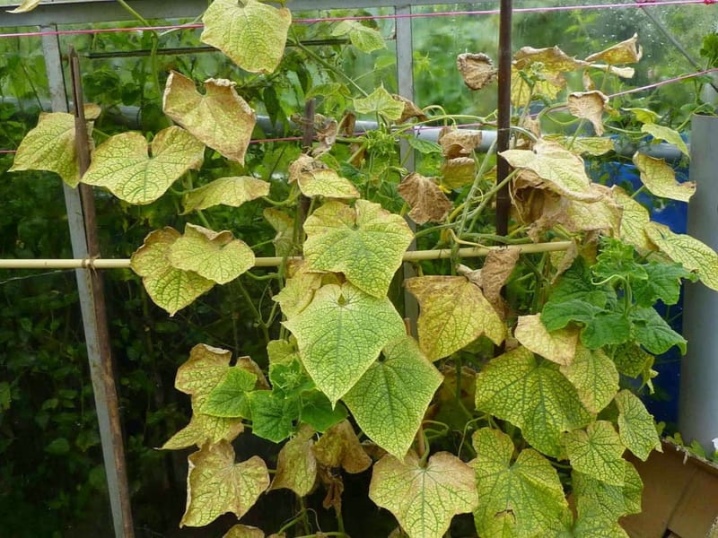
Treatment of diseases
Agrotechnical mistakes are not all, and diligent gardeners can avoid them. But illnesses are sometimes completely unpredictable. And it can be difficult to recognize them. Let's see what diseases most often affect cucumbers and lead to yellowing.
- Fusarium. Cucumber sprouts sprout well, develop normally, but when the time comes for the formation of ovaries, the leaves first turn yellow, and then dry completely. The fungus enters the plant, releasing toxic substances into it, and they prevent micronutrients from reaching the leaves. It is necessary to change the varieties of cucumber in the greenhouse or change the infected soil itself.
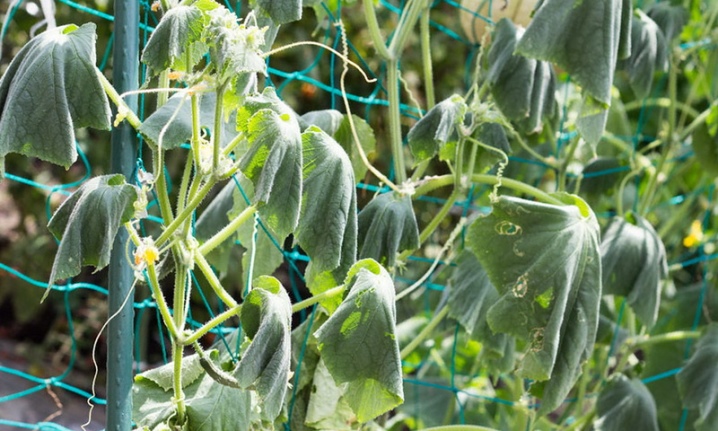
- Powdery mildew. This is a very insidious disease. The disease also interferes with the process of photosynthesis. First, spots appear on the cucumbers, not very large, but then they occupy almost the entire plant. Plaque can be not only yellow, but also white, and this is a sign of the imminent drying out of the plant. It is very difficult to deal with powdery mildew, it is easier to prevent it: choose varieties that are resistant to this disease, be sure to cultivate the soil with potassium permanganate, and plant siderates next to it.

- Downy mildew. Another unpleasant diagnosis that causes the leaves to turn yellow. The first symptoms are found on the underside of the leaf plate, then move to the top and become black dots or even spots. But white or yellow specks-veins are almost invisible. If you do not affect the affected plant in any way, it will die in a matter of days. Downy mildew occurs as a result of sudden temperature fluctuations. It is also facilitated by root rot, against which there is treatment. First, this ailment affects weak plants in a greenhouse, and then it takes on everything. There is an excellent remedy called "Previkur", and if you treat the root parts with it twice a season, you can cope with the disease.
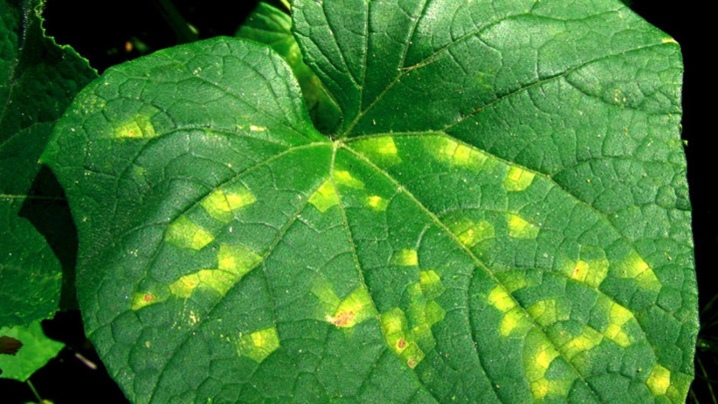
- Root rot. Another common diagnosis causing severe damage to cucumber roots. They lack nutrients and die. Usually root rot is a consequence of the cucumber bay. It is necessary to follow the rules of watering, because it is much more difficult to treat an ailment.
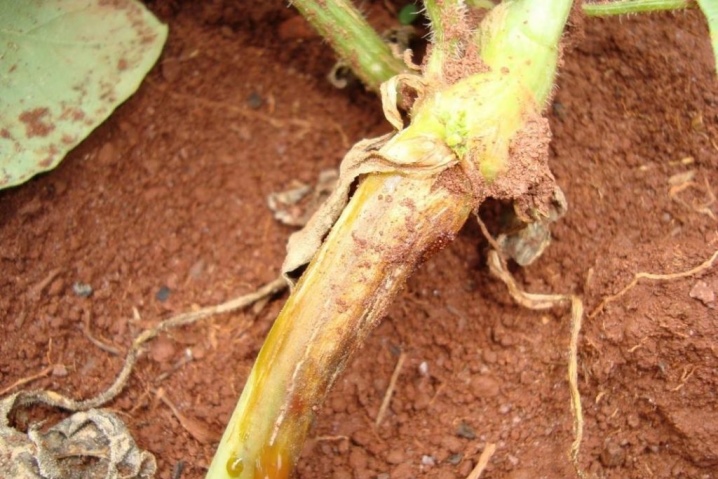
And this, of course, is not all diseases that attack cucumbers. For example, anthracnose can strike them, characterized by the formation of brown-yellow spots with blurry edges. Then special ulcers will appear on the stems. And also there is peronosporosis, it is also characterized by the appearance of rounded yellow formations. The fungus hyphae (thin white threads) will also appear on the underside of the leaf. All this is well treated with fungicides, if you start on time, of course.
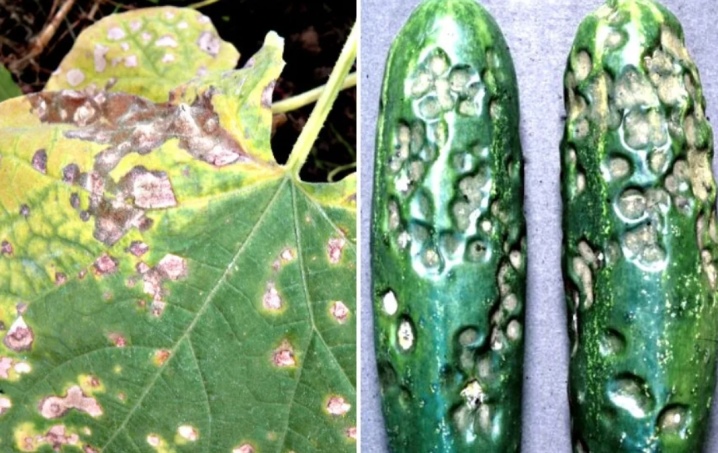
Pest control
But even if everything is fine with watering and agricultural technology, and diseases, fortunately, have not reached this garden, then pests can get there. And their appearance will also require prompt action.
For example, a tiny but very dangerous pest called a spider mite can very quickly cause the leaves to turn yellow, dry and fall off. It sucks the juice out of the plant, and such crops are no longer suitable for further use.

Also, cucumbers are often attacked by aphid colonies, which also feed on the cellular juices of the cucumber. Exhaustion and wilting will be a very quick consequence of such an attack. Good help with aphids "Fufanon", "Fitoverm", "Biotlin" and "Aktara". Spider mites will also be well expelled by these insecticides.
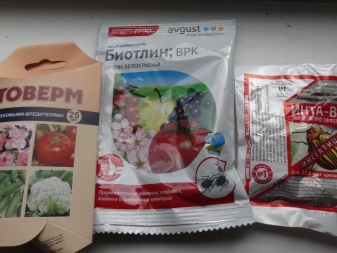
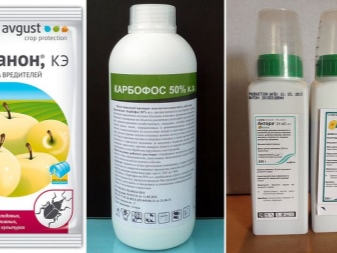
If you remember about crop rotation, everything will be easier with pests: they will practically have nowhere to come from. But if last season, for example, aphids operated in this place, you cannot plant cucumbers there, this will be a major mistake.

Prevention measures
Fighting is always more difficult than preventing a problem. And the second is quite possible to organize, simply by acting on the memo, although it will be quite voluminous.
Recommendations for avoiding yellowing of cucumbers are as follows.
- Cucumbers can be sprayed with milk whey. You just need to dilute the fermented milk product in a ratio of 2:10 and help the bushes as soon as yellow spots appear on them. You can use not whey, but milk itself. A liter of milk must be poured into a bucket of water, add 30 drops of iodine there. And in order for the composition to better grasp the surface of the sheet plate, you need 20 g of shaved laundry soap (however, liquid soap will also work). Fungal diseases are afraid of such actions, if the leaves turn yellow, curl, wither and fall off precisely because of the attack of fungi, milk and dairy products will come to the rescue.
- Zelenka is also used if yellow spots appear on the cucumbers. Five drops of the product must be diluted in 1 bucket of water (this is if you spray the plant). If watering is supposed, then 10 drops are already diluted in a bucket.
- You can also prepare an infusion of gray bread, as well as iodine and water. One loaf of bread is taken, which is cut and soaked in water with a couple of drops of iodine. The infusion should be prepared for exactly one day. Then the already infused liquid can be poured into cans, preferably liter ones. Next, one can of infusion is diluted in one bucket of water and cucumbers are processed with this diluted composition.
- It is necessary to take 30 large spoons of wood ash, pour 10 liters of water over them and insist all this for 2 days. The composition is used to spray cucumbers with it.
- The option with capsicum is just as good: it will need about 40 g, as well as 150 g of tobacco dust, and all this is diluted in a bucket of boiled water. The composition is infused for 12 hours, then it is filtered, adding a little ash and liquid soap there.
- If the plant clearly does not have enough top dressing, you can make an infusion of herbs. A kilogram of fresh grass must be crushed (it is better to take comfrey), pour it all 10 liters of water, leave for a week. And this mother liquor is diluted with water in a ratio of 1: 9. It is used for processing leaves and root parts.
- If the matter is in the lack of nitrogen, then the cucumbers not only turn yellow, but also grow poorly. A urea solution will help here. About 45 g of this agent is dissolved in 10 liters of water. It can be applied either at the root or foliar top dressing.
- Baking soda is another simple but powerful folk remedy, which will not allow the leaves to turn yellow, if fungal diseases have somehow revealed themselves. For example, the rim of the leaf plate began to turn yellow. One tablespoon of soda is diluted in a bucket of water, everything is mixed well, and then the bushes are sprayed with the resulting solution. It will not be possible to cure an already very sick plant, but you can still help cucumbers at the very beginning of yellowing.
- If the pests have already crept up to the cucumbers, you do not need to wait until they are active. You need to take regular garlic, chop it well, fill a liter jar with it. Add 20 g of liquid soap there, pour water. Mix everything and send the mixture to a warm place for a week. Already before spraying, 3 tablespoons of garlic infusion must be diluted in 10 liters of water.
- It is imperative to weed out, and this is not just advice, but an indispensable condition for the normal development of plants. In dense tops, fungal spores simply clump together, which means that all other actions to prevent yellowing may be in vain without weeding.
- If some cucumbers are infected with a virus, you cannot save them. They must be burned so that the live virus does not get on the still healthy individuals.
- Cucumbers can also turn yellow due to a lack of pollination. Fortunately, there are proven ways to attract insects like Bud or Ovary. And if you don't want chemistry, you can use a sugar or honey solution.
- Loosening the soil is another must-have item. Roots like to gnaw moles and mice, and a diseased root pulls the whole plant along with it.You need to monitor the actions of potential enemies and resist them in time.
- Everything needs to be done in a timely manner. Pests and diseases require a quick response, and not action when the problem is already big. This also applies to cucumbers in the open field, and cucumbers in a greenhouse, and those that grow on the windowsill, on the balcony.
- Resistant varieties are what rational gardeners look for. There are varieties that are little afraid of fusarium and aphids, for example. Choosing this option, you can already be less afraid of yellowing of the culture.
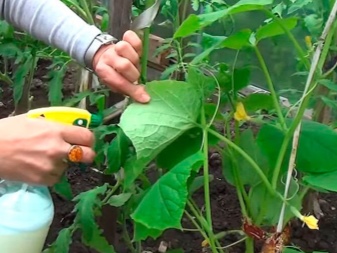
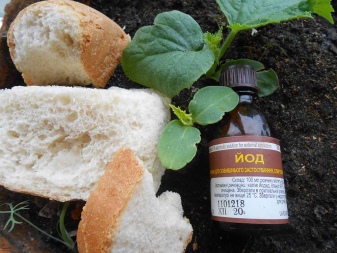
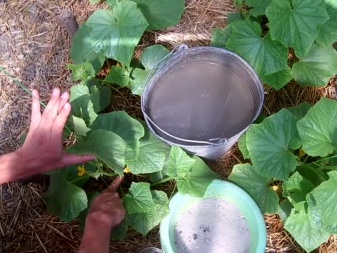
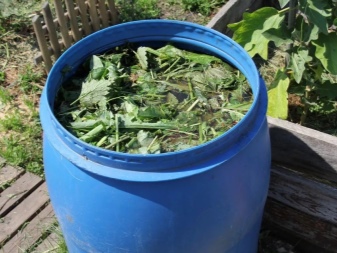













The comment was sent successfully.